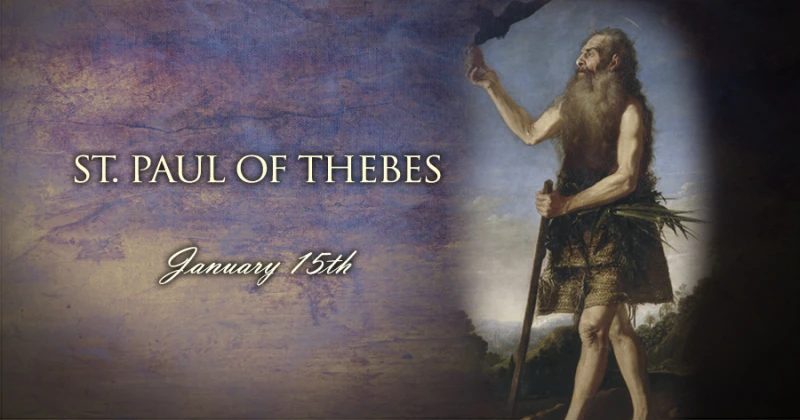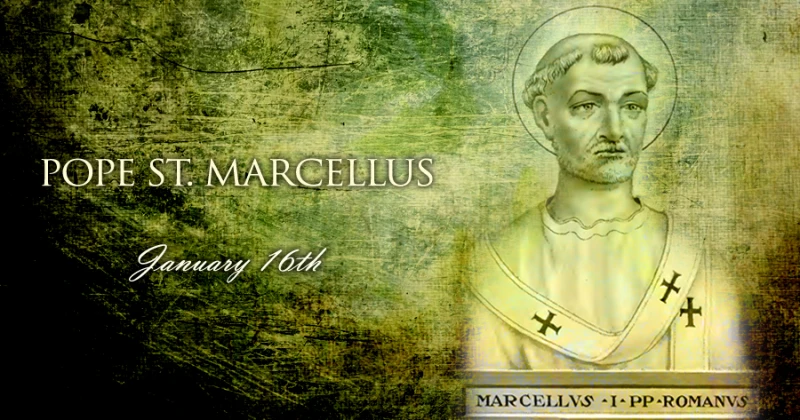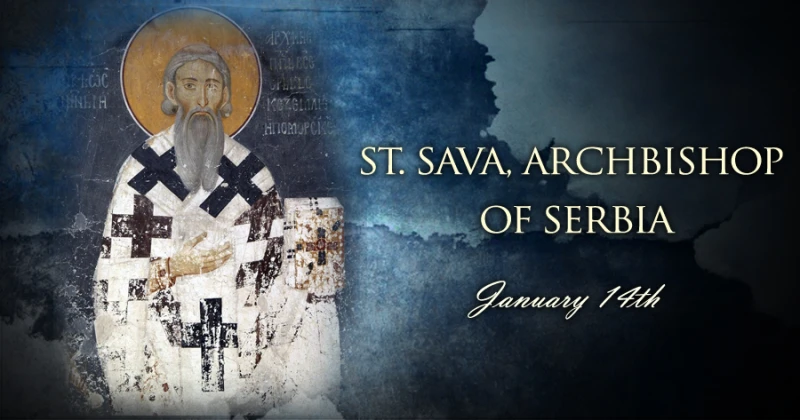 St. Paul of Thebes
St. Paul of Thebes
Feast date: Jan 15
On Jan. 15, the Catholic Church remembers Saint Paul of Thebes, whose life of solitude and penance gave inspiration to the monastic movement during its early years.
Surviving in the Egyptian desert on a small amount of daily food, St. Paul the Hermit lived in close communion with God. Before the end of his life at age 113, he met with St. Anthony the Great, who led an early community of monks elsewhere in the Egyptian desert.
Born in approximately 230, the future hermit Paul received a solid religious and secular education, but lost his parents at age 15. During the year 250, the Roman Emperor Decius carried out a notorious persecution of the Church, executing clergy and forcing laypersons to prove their loyalty by worshiping idols. The state used torture, as well as the threat of death to coerce believers into making pagan sacrifices.
Paul went into hiding during the Decian persecution, but became aware of a family member’s plan to betray him to the authorities. The young man retreated to a remote desert location, where he discovered a large abandoned cave that had once been used as a facility for making counterfeit coins. He found that he could survive on water from a spring. A raven brought him half a loaf of bread daily.
Forced into the wilderness by circumstance, Paul found he loved the life of prayer and simplicity that it made possible. Thus, he never returned to the outside world, even though he lived well into the era of the Church’s legalization and acceptance by the Roman Empire. Later on, his way of life inspired Catholics who sought a deeper relationship with God through spiritual discipline and isolation from the outside world.
One of these faithful was Anthony of Egypt, born in the vicinity of Cairo around 251, who also lived to an old age after deciding during his youth to live in the desert out of devotion to God. Paul of Thebes is known to posterity because Anthony, around the year 342, was told in a dream about the older hermit’s existence, and went to find him.
A similar knowledge about Anthony had been mysteriously given to the earlier hermit. Thus, when he appeared at Paul’s cave, they greeted each other by name, though they had never met. Out of contact with the Roman Empire for almost a century, Paul asked about its condition, and whether paganism was still practiced. He told Anthony how, for the last 60 years, a bird had brought him a ration of bread each day – a mode of subsistence also granted to the Old Testament prophet Elijah.
After 113 years, most of them spent in solitary devotion, Paul understood that he was nearing the end of his earthly life. He asked Anthony to return to his own hermitage, and bring back a cloak that had been given to the younger monk by the bishop St. Athanasius. That heroically orthodox bishop had not yet been born when Paul first fled to the desert, and Anthony had never mentioned him or the cloak in question. Amazed, Anthony paid reverence to Paul and set out to fulfill his request.
During the return trip, Anthony was shown a vision of St. Paul of Thebes’ soul, glorified and ascending toward Heaven. On returning to the first hermit’s cave, he venerated the body of its inhabitant, wrapped him in Athanasius’ cloak, and carried him outdoors. Saint Jerome, in his “Life of St. Paul the First Hermit,” attests that two lions arrived, demonstrated their reverence, and dug a grave for the saint.
Having given him Athanasius’ cloak, St. Anthony took back to his hermitage the garment which St. Paul of Thebes had woven for himself from palm leaves. Anthony passed on the account of his journey and the saint’s life to his own growing group of monastic disciples, and it was written down by St. Jerome around the year 375 – approximately 33 years after the death of the first hermit.
Venerated on the same day by Roman Catholics, Eastern Catholics and Eastern Orthodox Christians, St. Paul of Thebes is also the namesake of a Catholic monastic order – the Order of Saint Paul the First Hermit – founded in Hungary during the 13th century and still in operation.



